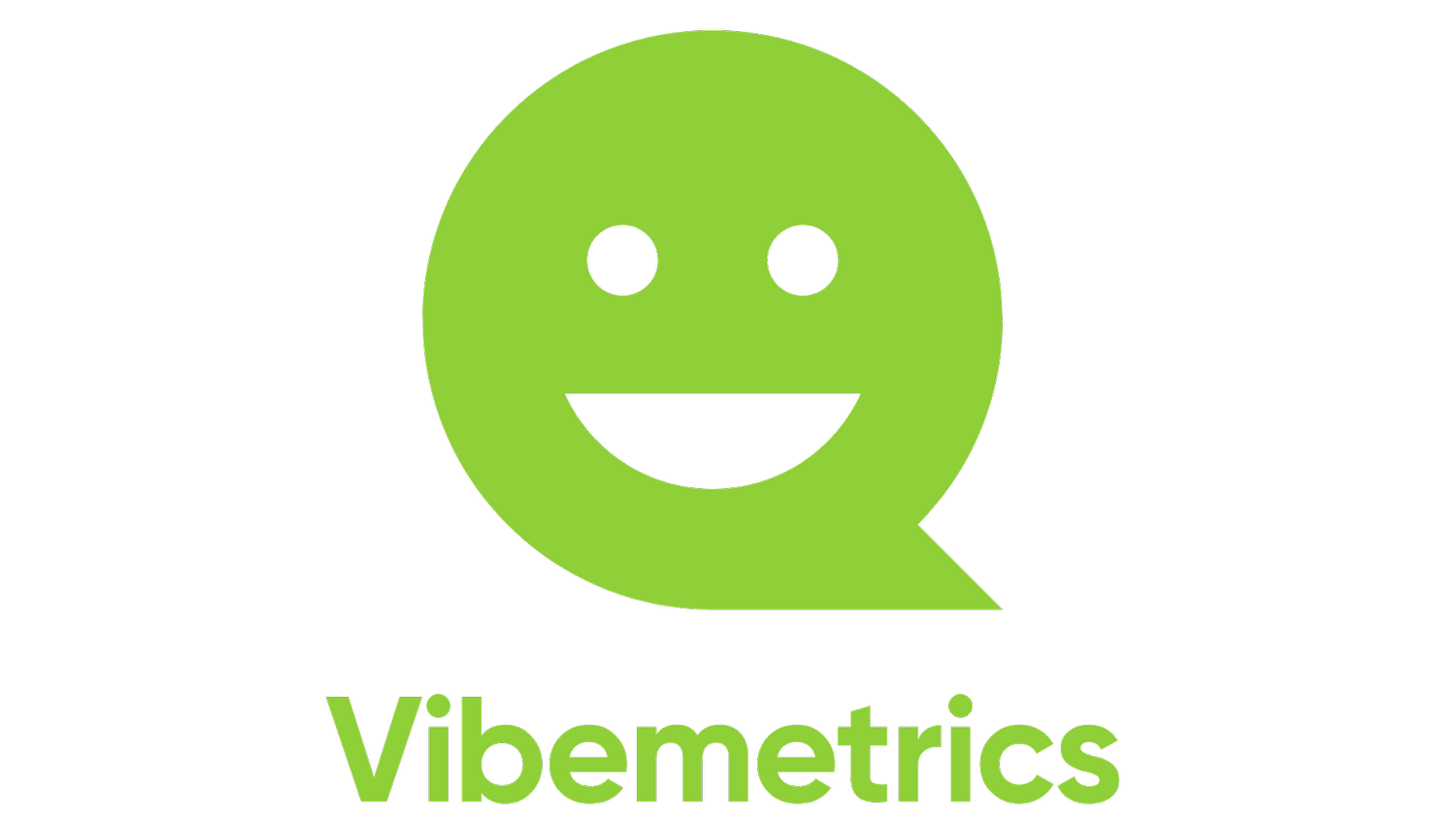



How should traction surveys be carried out?
When people are asked a few questions specifically about workplace retention factors, that's where they focus their thinking. What are the real assets of this workplace? Why don't I look for other jobs? What makes me stay here? By asking a short, specific question, you can get people to focus on one thing and the quality of their answers will improve dramatically. Short, precise questionnaires are also a good way of dealing with time constraints and the challenge many of us face in staying focused over the long term.



Leavers communicate with the band - Why people leave 2/3
Leavers followed a precise pattern, where the response rate drops by a certain amount, and responses become more critical by a certain amount.

Why do people leave? (1/3)
On Thursday 23 May, we published the results of our Why People Leave survey. They both confirmed what is already known and highlighted something new. This blog contains the first highlights of the results.

Keep your finger on the pulse when times are tough!
In the face of global economic uncertainty, it is even more important than ever to know what staff are thinking, how they are doing and what matters most to them right now. Companies and organisations need to adapt to rapidly changing circumstances, and in this environment, the well-being and perceptions of employees take centre stage. Particularly in difficult times, capturing the feelings and opinions of employees helps to create a sustainable and resilient workplace that can face challenges together.

A new way to boost the work community
There is a huge amount of work being done in the workplace that falls outside the formal job descriptions. Much of this work is critical: without it, the organisation would not function. Although we have been aware of this for a long time, we have not had the tools to highlight and reward hidden work. Now we do. In this blog, we share how OAJ Gradia at Jyväskylä Education Association Gradia implemented Vibemetrics Boost and gave 1050 recognitions during Spring 2023 for valuable, previously hidden work.

Who decides what to ask staff?
There has long been a move away from top-down management towards a more dialogical approach in working life. Employee orientation is favoured in many activities, and horizontal cooperation has also been facilitated to a large extent. In general, there has been an effort to increase dialogue between different parts of the organisation to improve the flow of knowledge, lessons and ideas. It is therefore funny that this is not reflected in the staff surveys.

The most effective staff survey possible
In our daily experience, long and multi-stage staff surveys can easily feel exhausting for respondents. This is especially true if the questions still seem irrelevant and meaningless. In this article, Karoliina explains what makes the most effective employee survey possible.

Turn AI into an expert on employee emotions
Emotions are part of working life. Emotions guide our actions and, for example, the experience of the meaningfulness of work is fundamentally shaped by emotions. In this article, Mikko explains how emotions, AI and employee experience are interconnected.

Five years to 2022 in numbers - a year of strong growth
In 2022, the use of the Vibemetrics service expanded and the Vibemetrics team was strengthened. In this article, Mikko summarises the past year of Vibemetrics and looks ahead to the future.

The importance of values and how to work on them - case Fennia
Values are the heart of corporate culture and they exist for people. When your values and the values of the company meet, it creates an emotional bond and a sense of meaning in your work. This autumn, Fennia held a Values Debate, where employees had the opportunity to share the values that matter to them. As a result, Fennia's new values will be published.

The staff survey also tells us why people change jobs
Many sectors are suffering from labour shortages and there is a strong desire to keep good workers. Knowing what makes people leave a job is a valuable asset for employers. Did you know that your organisation's staff surveys can tell you why people change jobs?

5 characteristics of a self-directed organisation staff survey
The world of work is changing fast, but has the staff survey changed with it? No, says Karoliina. In this blog post, she paints a picture of what an HR survey should look like in an organisation that aims to support self-direction.

Keep your finger on the pulse and react immediately
Tens of thousands of Finns are still absent from work today due to work fatigue. Some of them face a long path to disability retirement. Early intervention could avoid huge amounts of human suffering and cost. If there is one thing management should invest in, it is keeping a constant finger on the pulse of the work community and reacting quickly.

Development measures revolutionise staff surveys
How to develop work when most of the work is done remotely and long Teams workshops are not really attractive? Karoliina Jarenko writes that because remote working is here to stay in many jobs, we need to learn to develop virtually. Instead of big development routines, the key is to invest in continuous, incremental development.

